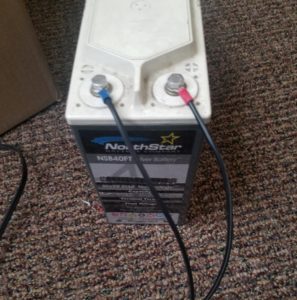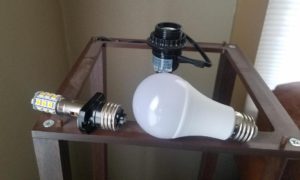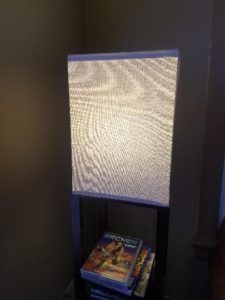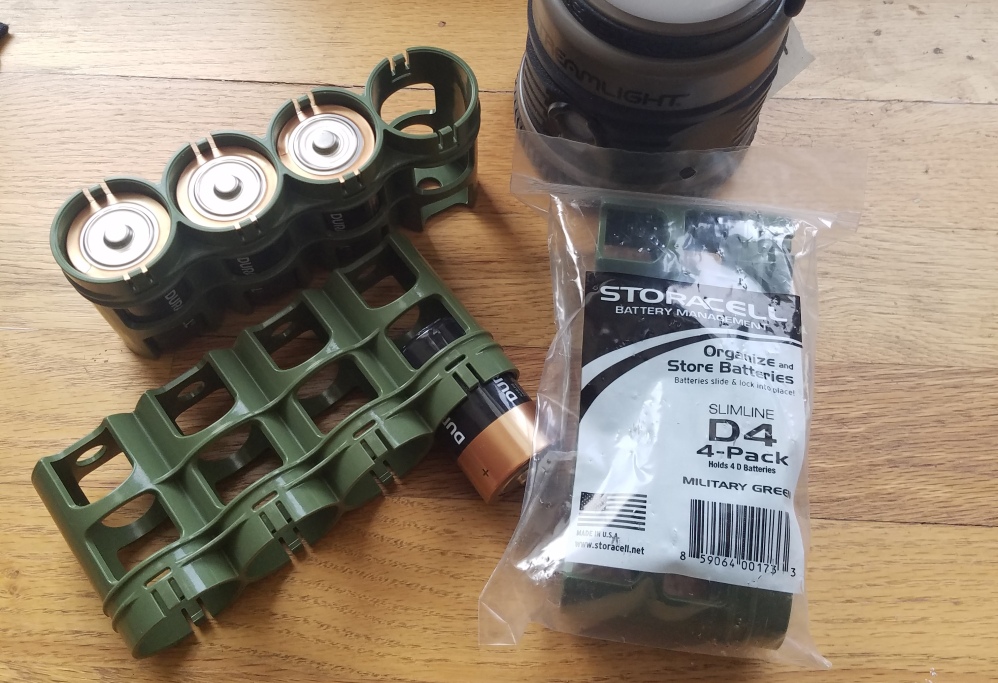So the term “EDC”, as you know, has become the handy prepper acronym for ‘Everyday Carry”. It’s also used as a noun in interrogatives, such as “Hey man, show us your EDC” which is an invitation for every swingin’ johnson to dump his pockets on the bunk and display magazines, ammo, knives, watches, multitools, pens, flux capicators, or whatever they think they need to have on them at every moment of every day.
Theres only a handful of things that I keep in my pockets – wallet, flashlight, pocketknife. And, surprisingly, the flashlight gets quite a bit of use. So, imagine my annoyance when I discovered that I somehow lost my Fenix E11. Not a big problem since they now make the E12 which is virtually identical. Put when I went to Amazon to replace the E12 I pulled out of storage, I discovered that the E12 is also now history. Instead it has been replaced with the E12 V2.0. So..I hit the buy button.
Here’s the skinny on the E11 and E12 line of little AA-batt flashlights. For the money, I like these a lot. I’d like a SureFire even more but given that I just lost my last E11 I’m reluctant to spend $200 on a flashlight that has a higher than 50% probablity of winding up lost and rolling around on the floor at CostCo.
I got the new E12 V2.0 yesterday and it is as handy as my older ones, but has some differences. It is slightly narrower in diameter than the older ones, although the emitter section is of the same diameter. It is also noticeably shorter, which Im not sure I like. The shorter length makes it hard to hold in your fist and operate with the thumb. But, the more compact design is welcomed by my pockets. Biggest difference is that the tailcap switch has three modes…low, med, high..which means if you want a small task light for reading menu’s in a restaurant of finding your dropped wallet in a darkened theater you can do so without lighting up the area like a movie set. Also, theres a very welcome and remarkably clever belt clip that allows you to orient the light up or down when you carry it.
Price is about the same..$27~ so no real change there. My experience has been that these are excellent little flashlights for everyday pocket carry. Pretty unobtrusive, puts out a good amount of light, pretty bombproof, run on easily acquired AA batts, and have features that make them more useful than 3-for-$5 pocket lights you find at Horror Fraught..I mean, Harbor Freight.
YMMV, of course, but if you’re looking for a solid performing little pocket life that can withstand alot of abuse and won’t break thebank, this might be worth looking at for you.








